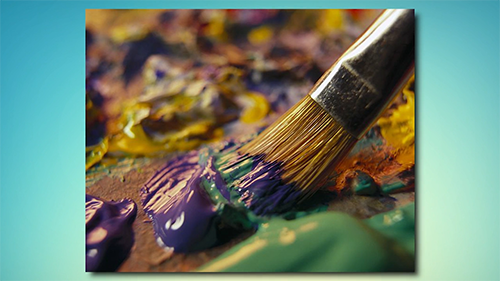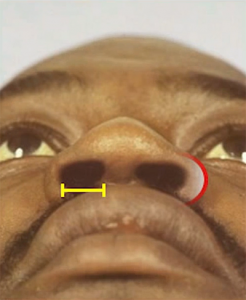
There’s a nose job, and then there’s a rhinoplasty. Rhinoplasty, or nose surgery, is probably one of the most difficult procedures in the specialty of plastic surgery. It is extremely technical, but also requires an artisan’s eye.
Dr. Dan Del Vecchio, of Boston and New York, also points out that each patient and their ethnicity must be approached differently when it comes to rhinoplasty. A non-Caucasian rhinoplasty is completely different from a classic, Caucasian rhinoplasty.
By Dan Del Vecchio, MD
The Plastic Surgery Channel
 Bigger or smaller?
Bigger or smaller?
“A classic rhinoplasty is a reduction operation. We make the nose smaller,” says Dr. Del Vecchio, “The non-Caucasian patient is just the opposite.” The techniques for non-Caucasian rhinoplasty tend to be augmenting procedures which will allow the surgeon to reshape the nose often making it larger in areas like the dorsum, or bridge of the nose, and more projecting in the tip of the nose. In Asia, it is very common to actually use a special silicone implant in the dorsum making the bridge of the nose stand up more where as in the United States, surgeons performing Caucasian nose surgery are often rasping or sanding down the bridge of the nose to get rid of that pesky hump or hook that so many patients hate.
The surgical techniques for each ethnic group are completely opposite. One seeking to make the nose smaller while the other seeks to make it bigger. You can see how finding an experienced rhinoplasty surgeon with specific experience to your ethnicity is critically important. Looking at before and after photos will help prospective patients see how broad the surgeon’s experience and patient base truly is in this particular procedure.
When is enough enough?
The challenge in non-Caucasian rhinoplasty, according to Dr. Del Vecchio is, “Patients don’t want to lose their ethnicity.” Patients certainly want a change in their appearance but it is unrealistic to give an African American patient an Irish pixy nose. There is also a fear of not only losing ethnicity but also of being over done or looking like they have had a nose job. “So many patients will come in and actually say, I don’t want a Michael Jackson nose!” says Del Vecchio. “A really good rhinoplasty is a rhinoplasty you don’t even know exists.”
Art and surgical collaboration
“The rhinoplasty operation is probably the most artistic operation in plastic surgery and is not amenable to a robotic or measurement approach like so many other operations,” believes Del Vechhio. So how do you know when your work is done and the rhinoplasty is complete and finished? “When you are an artist and you are painting a painting, no one tells you when you are done, or when that last brush stroke is the end,” maintains Del Vecchio. “A really good rhinoplasty is done when you do the least amount of surgery on the patient and get the best possible result.”

 Bigger or smaller?
Bigger or smaller?













Facebook
Twitter
Instagram
YouTube
RSS